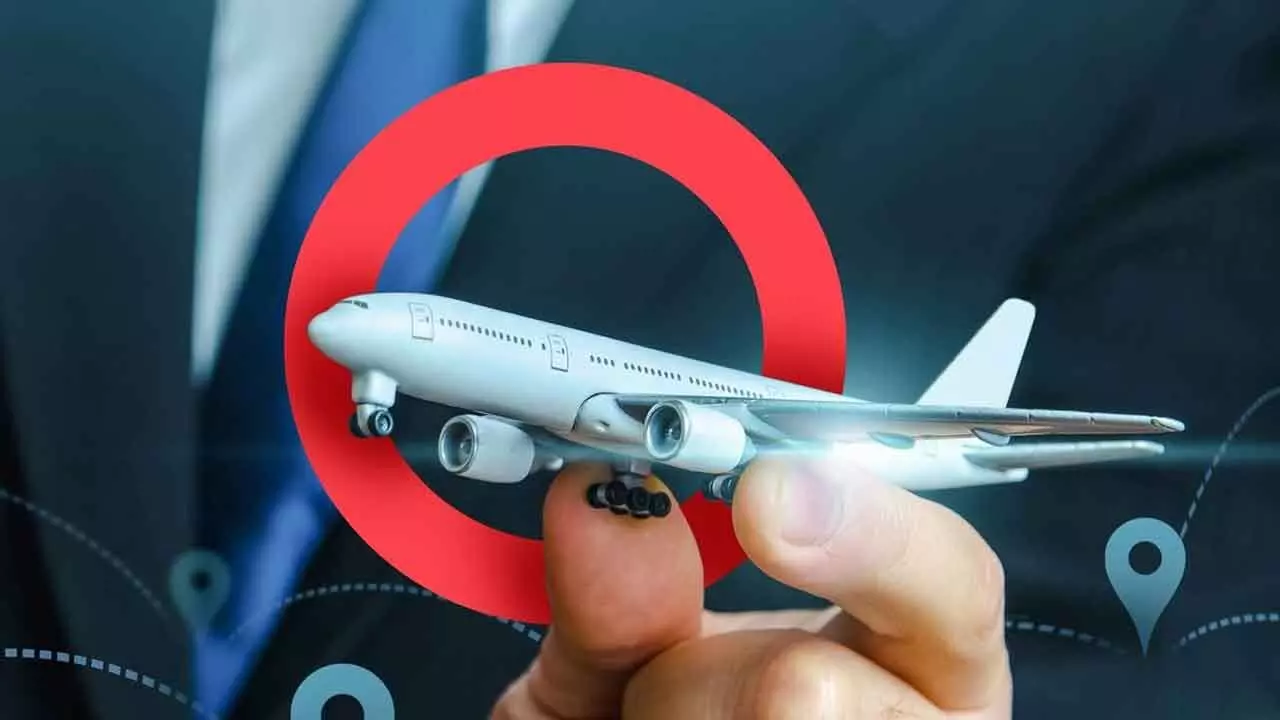In keeping with the Olympic spirit, aviation needs to go for gold
The industry is swiftly shifting from a shortage of capacity to an excess of flights
In keeping with the Olympic spirit, aviation needs to go for gold

With total travellers expected to reach 4.96 billion in 2024, passenger revenues are expected to reach $744 billion, up 15.2 per cent from $646 billion in 2023
As the world gets captivated by the charm of Olympic Games that are currently underway at Paris, there is a noticeable pride across the aviation industry for its continuing role in supporting the Olympic story by bringing many of the athletes, fans and officials together for the greatest sporting spectacle on earth. It is a great reminder of how aviation transforms the big world into a global community. Demand grew across all regions as the peak northern summer travel season began in June. And with overall capacity growth lagging, we saw a very strong average load factor of 85 per cent in both domestic and international operations.
However, the industry is swiftly shifting from a shortage of capacity to an excess of flights, which could significantly impact order books, retirements, and maintenance, repair and overhaul (MRO) activities. Net profits are expected to reach $30.5 billion in 2024 (3.1 per cent net profit margin). That will be an improvement on 2023 net profits, which are estimated to be $27.4 billion (three per cent net profit margin). It is also an improvement on the $25.7 billion (2.7 per cent net profit margin) forecast for 2024 profits.
In a world of innumerable uncertainties, airlines continue to shore-up their profitability. The expected aggregate net profit of $30.5 billion in 2024 is a great achievement considering the heavy pandemic-induced losses. With a record five billion air travellers expected this year, the human need to fly has never been stronger. Moreover, the global economy, counts on air cargo to deliver the $8.3 trillion of trade that gets to customers by air. There is no doubt that aviation is vital to the ambitions and prosperity of individuals and economies. Strengthening airline profitability and growing financial resilience is important.
Even though the airline industry is on its way to sustainable profits, one must remember that there is a big gap that needs to be covered. A 5.7 per cent return on invested capital is well below the cost of capital, which is over nine per cent. And earning a mere $6.14 per passenger is an indication of just how thin our profits are—barely enough for a cup of coffee in many parts of the world.
In order to improve profitability, there is a need to resolve supply chain issues so that fleets can be deployed to meet the growing demand. And relief from the parade of onerous regulation and ever-increasing tax proposals would also help.
With total travellers expected to reach 4.96 billion in 2024, passenger revenues are expected to reach $744 billion, up 15.2 per cent from $646 billion in 2023. Total air cargo volumes are expected to reach 62 million tonnes, though their revenues are expected to fall to $120 billion from $138 billion in 2023.
Fuel is expected to average $113.8/barrel (jet), translating into a total fuel bill of $291 billion, which accounts for a whopping 31 per cent of all operating costs.
High crude oil prices are expected to be further exaggerated for airlines as the crack spread (premium paid to refine crude oil into jet fuel) is expected to average 30 per cent, while industry CO2 emissions are expected to be 935 million tonnes from consumption of 99 billion gallons of fuel. Industry expenses are expected to grow to $936 billion (+9.4 per cent on 2023).
Labour costs have been tightly controlled with unit labor costs expected to be 12.9 cents/ATK, an improvement of 2.4 per cent compared to last year. Due to higher volumes, the overall cost of labour is expected to grow 7.6 per cent to $214 billion, while the total employment in airlines is expected to reach 3.07 million, which slightly exceeds the 2.93 million employed in 2019.
Profitability is expected to strengthen as revenues grow slightly faster than expenses (+9.7 per cent vs. +9.4 per cent, respectively). Operating profits are expected to reach $59.9 billion (+14.7 per cent from $52.2 billion estimated for 2023). Net profits, however, are expected to grow more slowly at +11.3 per cent from $27.4 billion estimated for 2023 to $30.5 billion estimated for 2024.
Industry revenues are expected to reach an historic high of $996 billion in 2024. Return on invested capital in 2024 is expected to be 5.7 per cent, which is about 3.4 percentage points (ppt) below the average cost of capital.
Operating profits are expected to reach $59.9 billion in 2024, up from an estimated $52.2 billion in 2023.
An inventory of 38.7 million flights is expected to be available in 2024. This is 1.4 million flights below previous estimates (December 2023) largely attributable to the slowing pace of deliveries in the face of persistent supply chain issues in the aerospace sector. For example, the number of aircraft deliveries scheduled for this year is expected to be 1,583, which is 11 per cent less than the projections published just months back, which anticipated that 1,777 aircraft would join the global fleet in 2024.
Apparently, airlines are deploying larger aircraft as a mitigating strategy.

